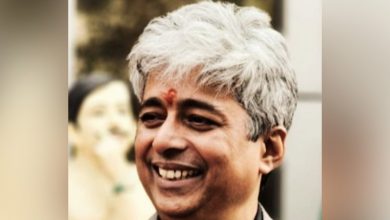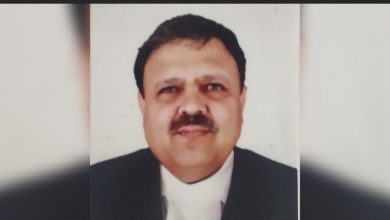UAVs weren’t operational in Bastar, timely return would have averted Sukma attack

RAIPUR: At a time when two major incidents of Maoist violence took place in Bastar, Chhattisgarh’s security agencies were not in possession of Unmanned Aerial Vehicles (UAVs) for use in anti-Naxal surveillance programme as two UAVs, which were available here, were sent to Pathankot for surveillance after terrorist attack in January last year.
These UAVs were scheduled to return by April 16, a week before the Sukma Maoist attack, but they did not arrive as per schedule and no air surveillance was conducted in Bastar during this period.
While senior officer were tight-lipped about the delay in UAVs’ arrival, talking to TOI, special director general of police (anti-Naxal operations) DM Awasthi said, “The UAVs have come back from Pathankot and would be operational soon in Bastar region in joint co-ordination with Indian Air Force and National Technical Research Organization (NTRO).”
Presently, Chhattisgarh has three UAVs for Bastar of which, two are operational and the third one is technically too old which gives poor image quality.
When asked if number of UAVs would be added to more, Awasthi said, “Number of UAVs is presently sufficient and we get enough information via them. UAVs however, plays a major role in anti0Naxal operations and is an important aspect in countering Naxalism. I can’t reveal much about the operational matters as it hints and benefits the urban network about our functioning.”
According to reliable sources in state police headquarters, the UAVs haven’t been functional for past several months.
“Earlier, the UAVs were inactive due to rainy season from July till October 2016. Then they were sent for air surveillance in Pathankot after terrorist attack and they were scheduled to return by April 16. In the meanwhile, air surveillance in Bastar was affected,” a senior police officer on condition of anonymity said.
The officer added that one of the major technical deficit that UAVs have is the image quality.
“Though the images clicked by UAV might show presence of an object or groups in the region, but differentiating between human and animal is still a shortcoming. Thermal imaging system is needed in the UAVs for clearer image. UAVs have their own limitations of not able to function during rainy season, dense forested region or bad weather and darkness,” he said.
Moreover, due to one control station which regulates its flying, only one ‘bird’ (UAV) can fly at a time, “we have three birds and one system to control. If not much, at least the UAV confirms about movement of objects in particular region based on specific intelligence inputs. And the operations in forests are planned accordingly.”
Earlier, UAV was being operated with its base at Hyderabad but later it was shifted to Bhilai for better co-ordination and interpretation of data within less time. It was later upgraded to streaming live at PHQ, offices of Bastar IG and SPs. Officers concerned speculated if the Sukma attack could have been prevented, had the UAVs returned on time?







